A capacitor is one of the basic electronic components widely used in almost every electronic circuit. We need to know the exact capacitor functions in circuits to be a good circuit designer or analyzer.
You may have seen big capacitors at the front end of every power supply, or maybe you have seen small, tiny capacitors on PCB boards. The primary function of the capacitor is to store energy. It can also function as a voltage source, instantaneous current provider, DC blocker, and sensor, and can function to protect a circuit from glitches. They are also used as a frequency harmonics eliminator or noise filter.
In this article, we will look at some core functions of a capacitor in a circuit.
Capacitor functions in circuits
We recognize a capacitor from its round cylindrical shape in a circuit. They come in various sizes and shapes but are easily recognizable.
Before going into details of capacitor functions in the circuit, learn the basics of the capacitor.
Here is our article on Capacitor basics for beginners.
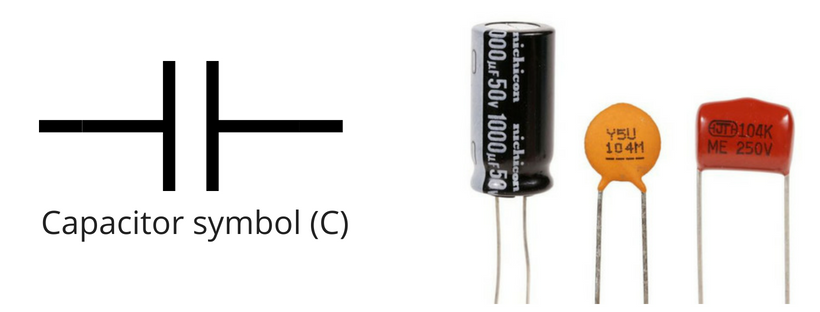
Now the question is, what are the core capacitor functions?
Well, there are many functions of capacitors. It depends on what you want to achieve with it. It also depends on what circuit (electrical or electronics) you are working with. What are the requirements of a circuit, and much more?
The functions of a capacitor range from creating a kid’s toy car to running big water dams. We use capacitors everywhere in electronic circuits.
Following are functions of capacitors that you can take advantage of in your next project.
1- Store energy
This function is the fundamental one. I should say it is not like a function, but it is more like the property of a capacitor that stores electrical energy between its plates. All other functions of a capacitor depend on this property.
Capacitors are best for storing electrical energy. They can store a smaller amount and can store a large amount, depending on what you want to achieve with them.

So, if you are designing a circuit where you need some kind of charge storage, or you want to maintain a state (a binary state maybe) then a capacitor is the right component for you.
2- Voltage source
Now, we saw above that capacitors store energy or charges. These charges create a potential difference across the plate of a capacitor.
Due to this potential difference, the capacitor acts as a voltage source in the circuit.
This function of a capacitor is very useful when we want to double the output voltage, triple the output voltage, or just want to have a constant voltage level for reference purposes.
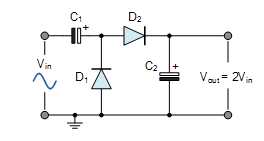
In the above circuit, capacitors are used in such a way that the circuit output is double that of the input voltage.
This is possible because capacitors are acting as two separate voltage sources and at the output, they are adding in series giving us double voltage.
3- Instantaneous current provider
Sometimes we need a source that can give us high current in a very short time like instantaneous.
For example, the flashlight of your mobile when you are taking pictures requires a lot of current for that one bright flash. The batteries in your mobile are not able to provide such a high current in such a short time.
In such a situation, capacitors are very useful. The reason is capacitors easily charge and discharge and can give you a discharge rate in milliseconds.
So if you are in a situation where you need to draw a high amount of current, then a capacitor would be a component you must consider.
4- As a noise filter
We are living in a world where there is a big difference between theoretical work and particle work.
Theoretical results sometimes don’t match the practical results. The reasons are – there are impurities and losses.
The same goes for the voltages and currents coming into our houses. In theory, they are completely pure but in the real world, they contain impurity in the form of noise.
Noises are the unwanted signals suppressed upon the want or desired signal in a circuit.

We don’t want noise in a circuit at all, but we can’t completely eliminate it. We can do our best to reduce it to acceptable levels depending on the circuit’s output requirements.
What noise does is – it makes our circuit work properly. If the level of noise goes beyond the acceptable level, it can damage our circuit or system completely.
To eliminate noise, we use capacitors in our circuits.
Usually, noise comes from the external environment and enters our electronic circuits and systems through the main voltage supply. The best design practice is to completely suppress it at the front end before it enters the system.
And that is why you may have seen big capacitors in every circuit where the main supply (voltage) is entering the circuit.
5- Frequency harmonics blocker or eliminator
Every signal is a combination of frequency harmonics. In simple words, every signal is created from the combination of small signals with different frequencies.
When we are designing electronic systems, sometimes we want to remove certain frequency harmonics for different reasons.
6- DC blocker
In designing an amplifier circuit, we input a small signal as input to the system. The system then amplifies the signal and gives an amplified version of our input signal.
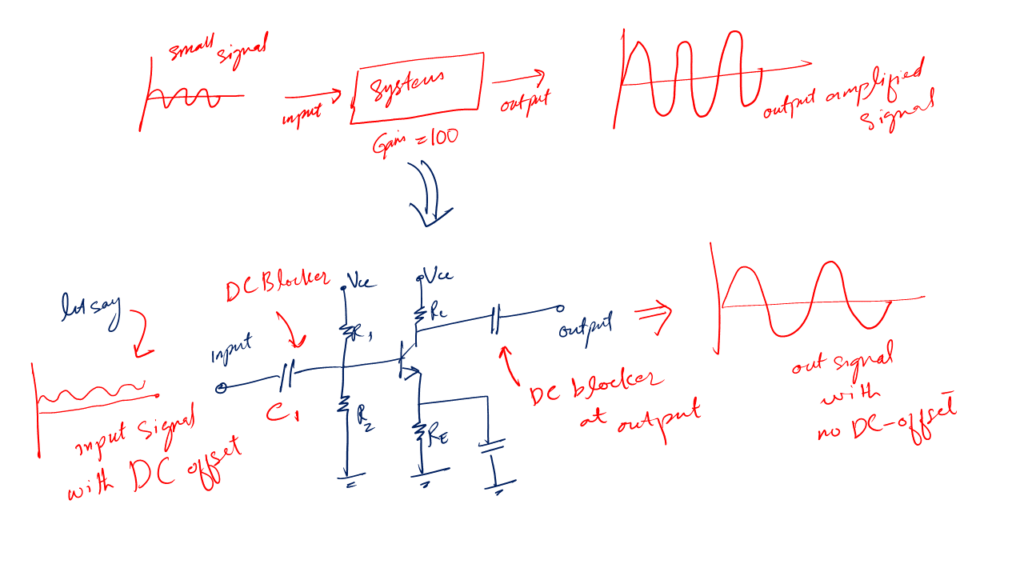
I don’t know if you are a beginner or a person who knows a lot about electronics. But hence you are reading this article, I can assume you may be a beginner.
So, the amplifier circuit you see above is designed with proper biasing (proper voltage and currents are given to the transistor). A little change in the voltage levels may null function the circuit.
If the input signal contains DC voltage. This DC voltage may disturb the biasing of our amplifier circuit. To avoid such a situation, we put a capacitor to block that DC.
Remember, capacitors always act open to DC signals. It doesn’t allow any DC to pass through it.
So, if you are designing a circuit where you want DC to be blocked, a capacitor might a good option for your situation.
7- Tuning
You know, generally speaking, tuning means to select or focus on a required frequency signal.
Tuning is the term used in communication. For example, radio. Now, there are many radio stations out there operating and broadcasting at certain frequencies. We tune our radio receiver set to listen to what we like.
We know that the back-end electronics circuit is responsible for this tuning operation. And capacitors are key components of these circuits.
For tuning purposes, we use a variable capacitor, i.e. a capacitor of variable capacitance.
Changing the capacitance values helps select or tune to a new frequency within the available spectrum.
8- Sensor
Now you may be thinking about how can a capacitor be used as a sensor. Right? Well, it turns out that you can make your sensors using a capacitor.
You know, the capacitance value of a capacitor depends on the area and distance between the plates as well as on the dielectric constant.

Area and length are hard to change in practice. But the dielectric constant is something we can use to carry the capacitance.
This change in capacitance helps us to use a capacitor as a capacitance sensor in various applications.
9- Circuit protection from glitches
Let’s continue our exploration of capacitor functions in circuits.
Electronic systems and circuits are designed to operate in a certain range of voltages and currents.
The maximum and minimum voltages/current/power/temperature values are called the ratings of that circuit. We should not exceed these values because if you do our circuits will be damaged.
We can take care of this ourselves, but we are living in an uncertain environment, and we are not sure of the weather all the time.
Sometimes there is strong lighting out there, which is a worst-case scenario that can strike the main electrical lines.
If that happens, we get high peak values of voltages coming to our houses called the glitches.
Glitches are the uncertain peak level for almost an instant of time. And if our circuit is not prepared to compensate for sudden glitches, we may end up in a damaged circuit or system.
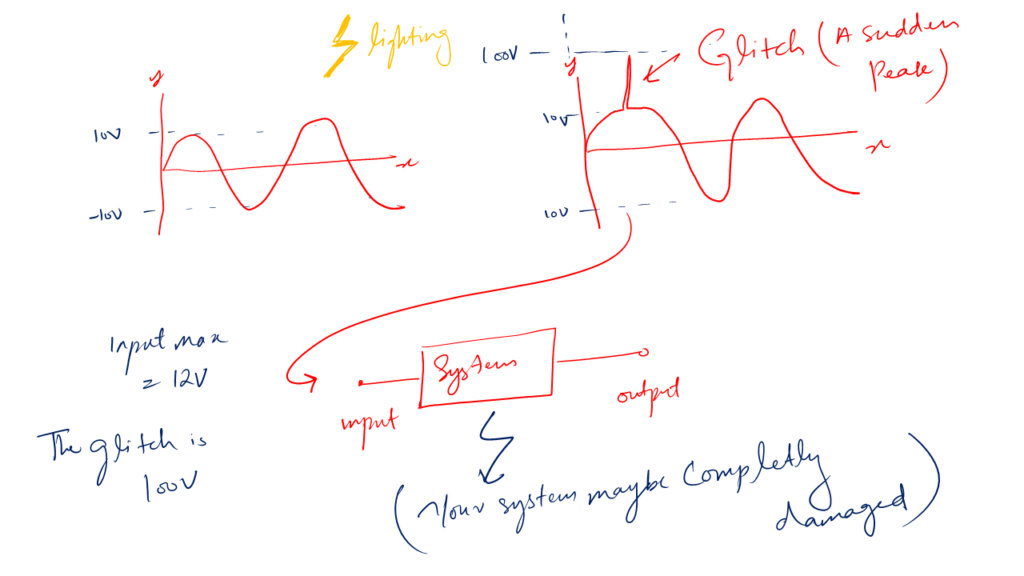
Now, a glitch in a circuit may occur from various other reasons and sources.
I use the lighting example just to illustrate the phenomenon. But I think you got the point which I am trying to make here.
As designers, it is our job to design circuits that can eliminate such glitches to a maximum acceptable level.
Capacitors are the component that helps us block uncertain glitches and protects our systems.
10- Impedance matching
Matching is very critical in circuits for the maximum power flow. If there is a mismatch, a portion of power will be reflected, which is not desirable.
Our core goal is to transform power efficiently.
Mismatches occur when the frequency of operation is high, i.e. when we are dealing with radio frequency (RF) circuits.
At high-frequency voltages, wavelengths become comparable to the sizes of the components and they start to behave as waves.
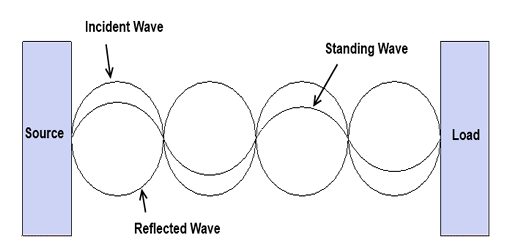
Now to work at a higher frequency, a small mismatch leads to a large amount of power wastage. We don’t want that in a desirable case.
To cover this we design matching circuits. And capacitor is the component that helps us design such matching circuits at higher frequencies.
Conclusion
A capacitor is a very fundamental component used in almost every electronic circuit.
The reason why it is every circuit is simple. It protects the circuits and performs basic level operations that are the backbone of any electronic circuit.
In this article, I try my limited knowledge best to share some capacitor functions in circuits. So you can have a clear idea of what you can do with this component in your various circuit projects.
We use capacitors in electronic circuits for the following functions:
- For storing electric charge
- Can be used as a voltage source
- Best use for an instantaneous current source
- Noise filter
- Frequency harmonics blocker or eliminator
- Tuning
- Sensor
- Circuit protector from unwanted glitches
I hope you enjoyed this article.
Thank you so much and have a grateful life.
Other useful posts:

Thank you for your enlighten me, IAM very much appreciated your effort,Alhamdullah, may Allah continue to bless your knowledge my brother